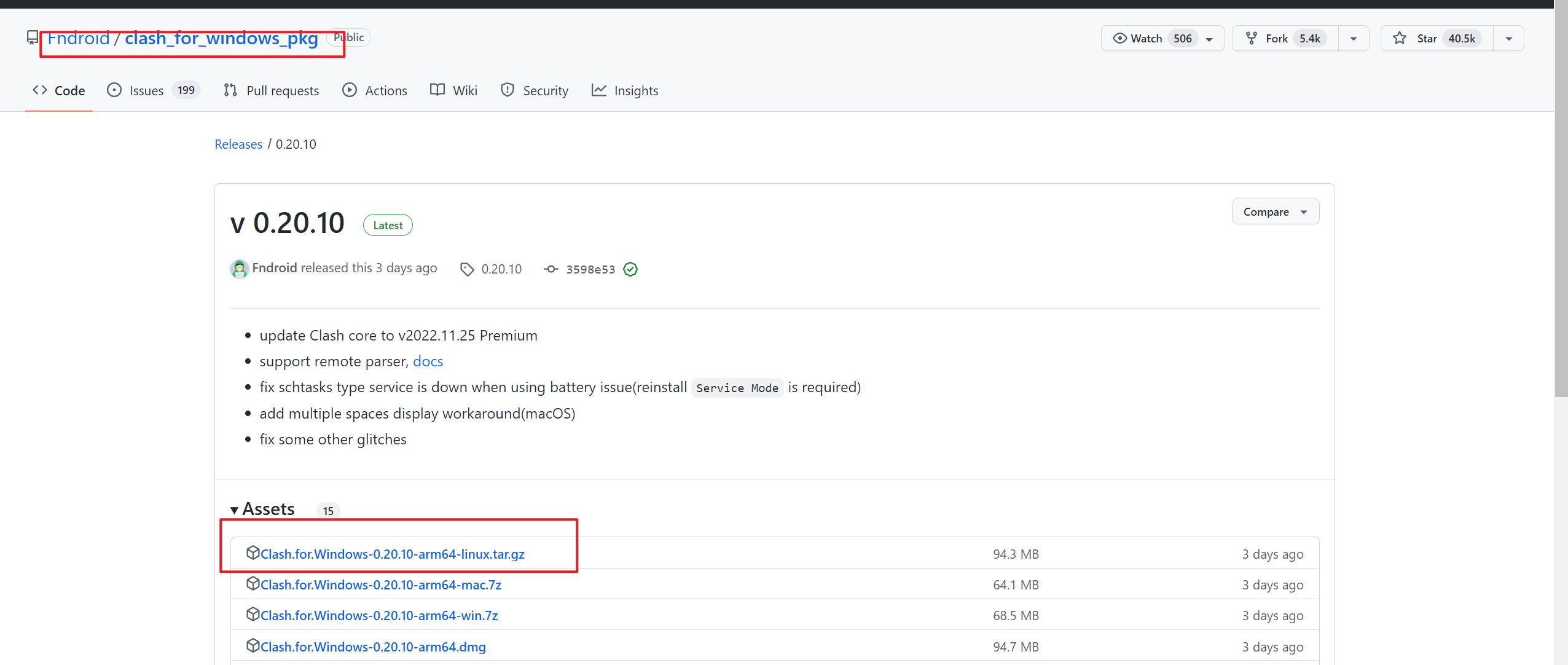Welcome to Hexo! This is your very first post. Check documentation for more info. If you get any problems when using Hexo, you can find the answer in troubleshooting or you can ask me on GitHub.
github默认分支问题
原创
字数统计:
108字
|
阅读时长:
1min
math
转载
字数统计:
421字
|
阅读时长:
2min
如 $\lim_{x \to 0} \frac{\sin x}{x}$ 渲染的是
$$
\begin{eqnarray}
\lim_{x \to 0} \frac{\sin x + x^2 + x^3}{x} & = & \lim_{x \to 0} \frac{\sin x }{x} + \lim_{x \to 0} \frac{x^2 }{x} + \lim_{x \to 0}\frac{x^3}{x}
\\ & = & \lim_{x \to 0}\frac{\sin x}{x}
\\ & = & 1
\end{eqnarray}
$$
linux
字数统计:
2.1k字
|
阅读时长:
8min
命令行界面的#与$
| 符号 | 意义 |
|---|---|
| # | 代表root管理员权限 |
| $ | 代表普通用户 |
linux命令大全
一、登录与注销
1
2
3
4
5
6
7
8
9
10
11
1) sudo useradd lilei //添加用户 (不能被立即使用,需设置密码 sudo passwd lilei)
2) sudo adduser lilei //添加用户
su root 切换为root用户
3) login //登录或切换用户
4) logout //注销用户(命令行) exit(shell-退出控制台)
5) shutdown -h 10 //10分钟后自动关机 shutdown -c //取消
6) halt(root用户) //关闭所有进程后自动关机
7) poweroff //同上
8) shutdown -r 10 //十分钟后自动重启
9) init 6 //重启 (0-停机,1-单用户,2-多用户,3-完全多用户,4-图形化,5-安全模式,6-重启)
10) reboot //重启
scrapy初步使用
字数统计:
546字
|
阅读时长:
2min
parse()方法的参数 response 是start_urls里面的链接爬取后的结果。所以在parse()方法中,我们可以直接对response对象包含的内容进行解析,比如浏览请求结果的网页源代码,或者进一步分析源代码内容,或者找出结果中的链接而得到下一个请求
一.response属性
url :HTTP响应的url地址,str类型
status:HTTP响应的状态码, int类型
headers :HTTP响应的头部, 类字典类型, 可以调用get或者getlist方法对其进行访问
body:HTTP响应正文, bytes类型
text:文本形式的HTTP响应正文, str类型
1 | response.text = response.body.decode(response.encoding) |
scrapy中response
字数统计:
546字
|
阅读时长:
2min


